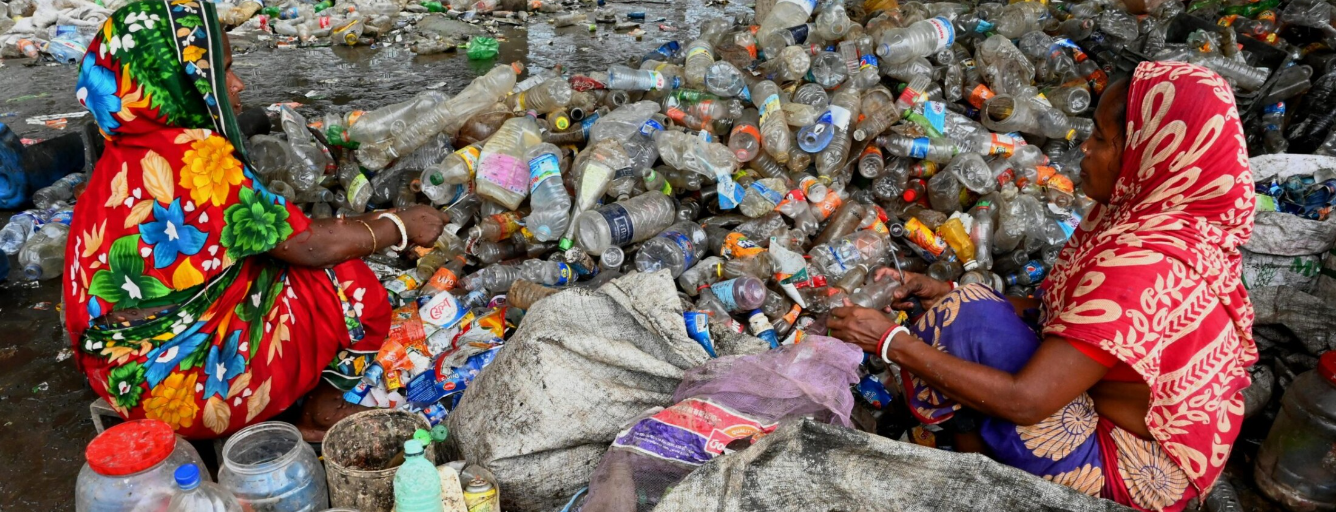
It’s been clear for some time: We’re in the midst of a rapidly escalating global plastics crisis. More than 11 billion metric tons of virgin plastics were produced worldwide from 1950 to 2022. And the rate of production has soared, with at least 71% of all plastics ever made produced in the 21st century.
Of all those billions of tons manufactured, three-quarters were discarded in landfills, open dumps or directly into the environment. Today, our oceans, beaches, rivers, cities and wild places are awash in discarded plastic and synthetic textiles, while microplastics have been detected from pole to pole, on remote mountaintops and in clouds.
In view of the tremendous buildup of visible trash, it’s not surprising that the plastics crisis so far has mostly been treated as a problem of poor waste management and consumer choice. Likewise, efforts for a fix have largely focused on recycling and consumer education.
But talking about plastic as a litter problem ignores one of the most alarming facets of our plastic addiction: its impacts on human health.
Fast-mounting evidence points to microplastics entering the human body and doing internal damage. Likewise, thousands of chemicals that leach out of plastics are finding their way into our bodies (via food wrappers, storage containers, cooking utensils and other routes) with some of those chemicals linked to a range of health impacts, including immune suppression and cancer.